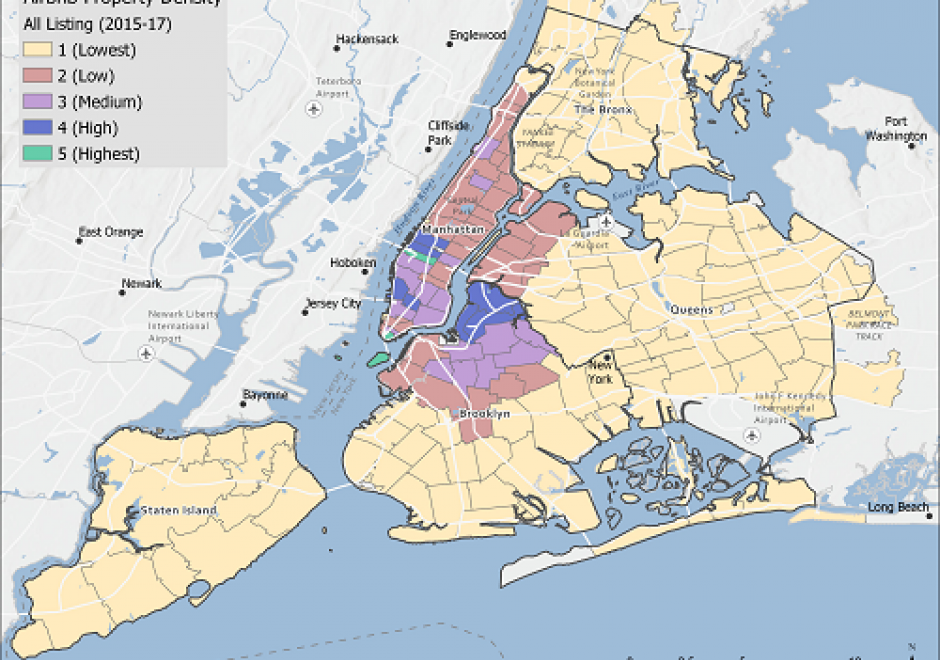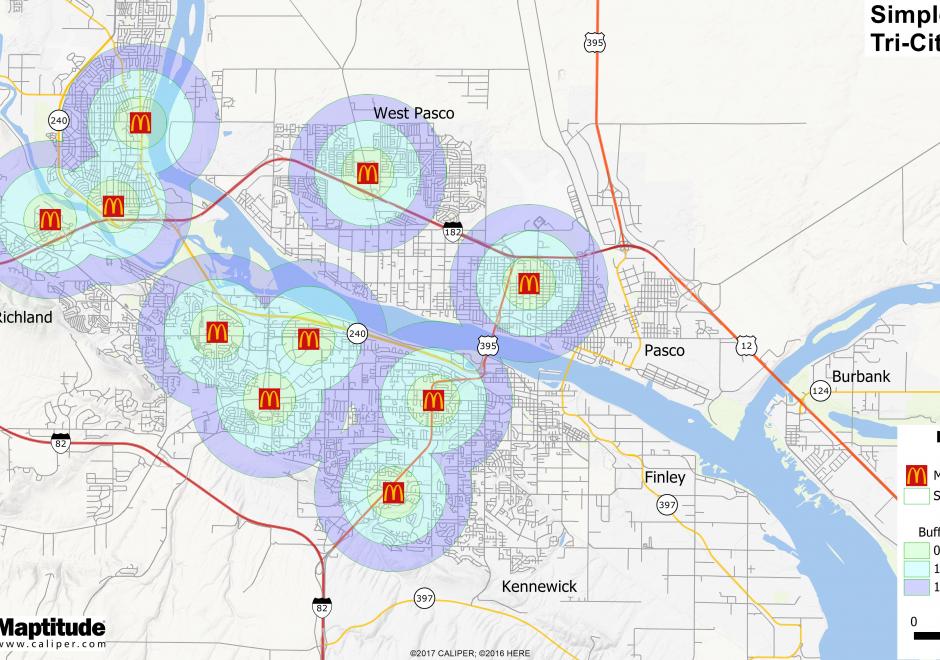DA-10 - GIS&T and Real Estate

Real Estate GIS concerns all dimensions of real estate that can be better understood or operationalized by knowing its geospatial context. Improving real estate decisions via GIS and related geospatial technologies is now expected by management of all industries, as well as home-renters and home-buyers in the residential market. Real Estate GIS Specialists are individuals who have applied knowledge and skills across the disciplines of business geography, the practice of real estate, and the application of geospatial technologies to support decision making in this realm. There is a good reason why the mantra of “location, location, location” is a long-standing tenet within the business of real estate.



DA-45 - GIS&T in Business
Geographic Information Systems and Technology are utilized extensively in the business sector and have become a strategic element for competition and partnering. Although the traditional digital map layers and tables remain at the core of business GIS, the spatial architecture in firms now includes location analytics, location intelligence, AI, machine learning, imagery, social media linkages. Cloud-based solutions provide platform flexibility, centralized data, and potential to roll out user-friendly webGIS across large segments of business users and customers. GIS is well suited to the digital transformations that are essential for firms, large and small. With these advances, GIS has become prominent and its function has moved upwards in companies’ organizational hierarchies, with enterprise GIS even being recognized in the C-suite. UPS is an example in which GIS is now a critical corporate competitive factor. In spite of these successes, a gap remains in the supply of skilled spatial workforce for companies. Business schools can contribute by changing by school leadership “getting it” about spatial, bringing GIS into the mainstream curricula, developing training for business faculty in teaching, conducting research in location analytics, and populating student body and alumni base with knowledge and enthusiasm for spatial thinking and management.